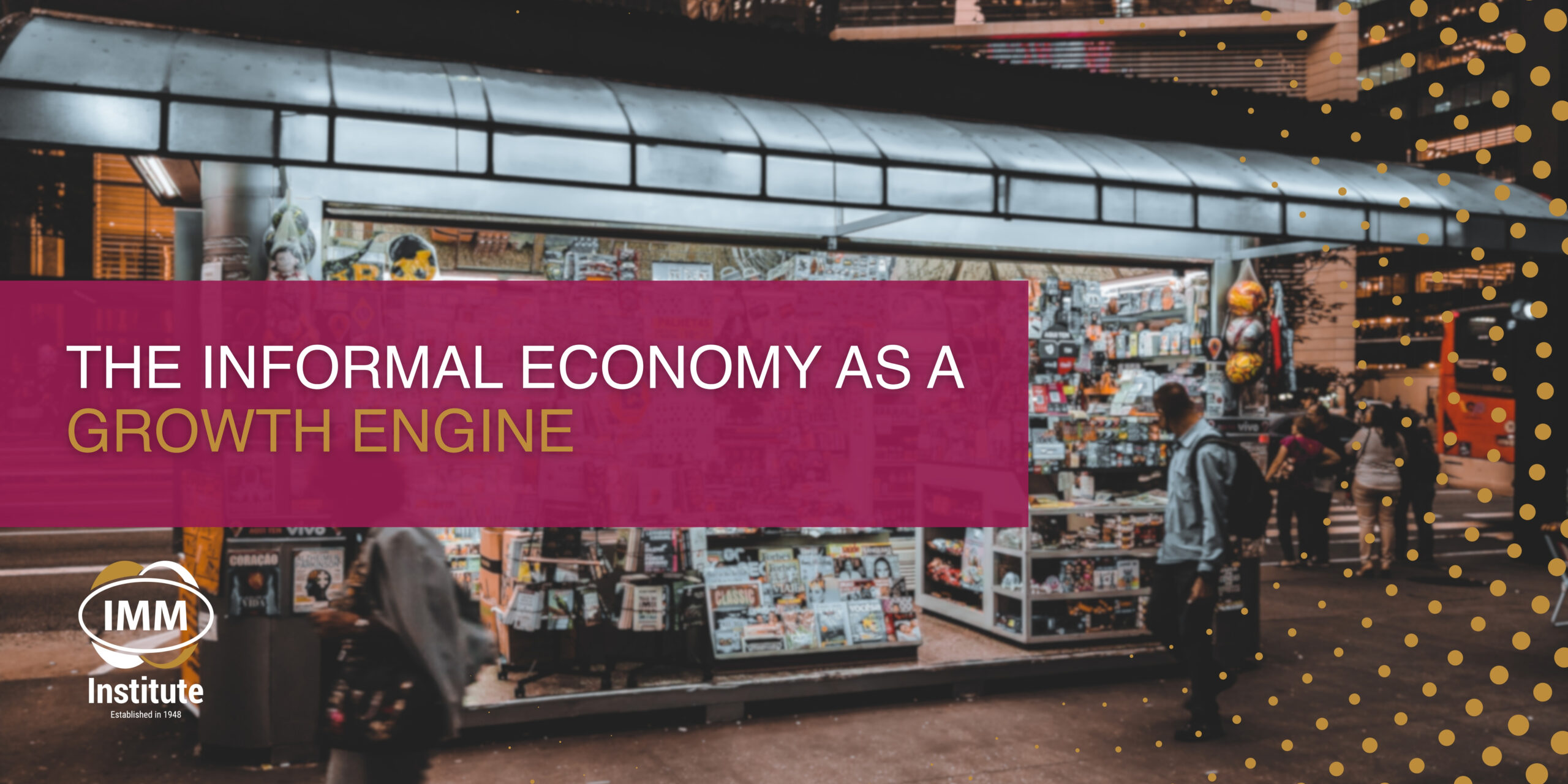Recently, TikTok revealed that its creator monetisation scheme is undergoing a major revamp. With updated monetisation methods and features, the platform—which is well-known for its short-form videos—aims to encourage the creation of longer-form content. This calculated change not only offers a more engaging user experience, but it also gives creators additional opportunities to generate a profit.
Unveiled during its US creator conference, TikTok’s most recent project shows the start of its beta monetisation programme. This means, over twice as many producers on the site have made $50,000 per month, resulting in a remarkable 250 percent rise in total creative revenue. TikTok is rebranding its monetisation programme as the Creator Rewards Programme, signalling a renewed commitment to supporting creators, in light of the extremely encouraging outcomes.
The addition of a Subscription option is one of the upgraded program’s most notable features. This function opens up a new source of income for creators by enabling them to charge viewers for subscriptions. TikTok hopes to capitalise on the increasing trend of users spending more time interacting with lengthy videos by embracing longer-form content. TikTok reports that viewers already watch longer content for 50% of their time—a number that has increased by 40% in the past six months.

In keeping with its promise to offer thorough materials on creation tools and monetisation techniques, TikTok has renamed its Creator Portal to the Creator Academy. Creators can get insightful advice and helpful insights to optimise their content and increase their earning potential through the Creator Academy.
TikTok’s monetisation strategies have undergone a journey of invention and adaptation. In 2020, the platform debuted the Creator Fund, which was given a $1 billion allocation spread over three years. Unfortunately, the fund’s meagre dividends drew criticism, which ultimately resulted in its dissolution in December 2023. YouTube, on the other hand, revealed payments to creators that surpassed $30 billion within a comparable time frame, underscoring the glaring disparity in the platforms’ approaches to monetisation.
The Creator Fund’s dissolution made room for the Creativity Programme, which debuted in beta form in February 2023. This programme re-evaluated TikTok’s custom of only accepting videos that lasted no less than a minute in length. The rationale behind this shift was the perceived higher revenue potential of longer-form content, coupled with the ease of accurately measuring views for such videos.
With the launch of the Creator Rewards Programme, TikTok is strengthening its dedication to praising original, high-calibre content. Four main factors determine the optimal rewards for creators: audience engagement, play duration, search value, and originality. The goal of this redesigned programme is to support a vibrant ecosystem where content producers are encouraged to create engaging material that connects with viewers.
TikTok is extending its monetisation options by enabling non-live creators to create unique films just for subscribers through the Subscription function. This functionality, which was first exclusively accessible by invitation to a small group of creators, will soon be made available to all qualified creators, increasing the platform’s revenue stream diversity.
TikTok is dedicated to supporting its creator community even as it innovates and adapts further. TikTok is well-positioned to maintain its position as a top platform for a wide variety of immersive content experiences, with an emphasis on longer-form content and improved monetisation prospects.

The IMM Institute’s TikTok advertising micro course offers crucial insights and tactics for anyone hoping to make use of TikTok’s advertising potential. This micro course walks learners through the process of setting up an account, using the platform, and promoting goods and services. Businesses looking to connect and interact with a large audience must master TikTok’s advertising skills, as the platform boasts over a billion monthly users who spend an average of 38 minutes a day on it.
In conclusion, a strategy change towards longer-form content and more monetisation prospects is indicated by TikTok’s redesign of its creator monetisation programme. In the ever-changing field of social media content creation, TikTok is well-positioned for future development and innovation thanks to its ability to empower creators and increase user engagement.
















